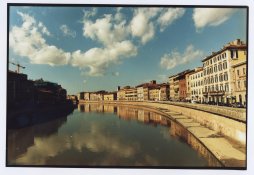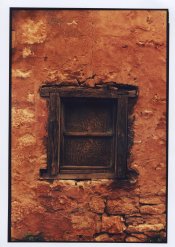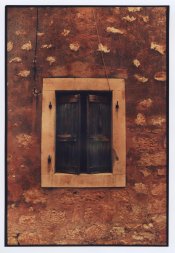tomfrh
Member
I enjoy developing and printing BW
I occasionally shoot a roll of C41 negative film and have it scanned and printed, however I've never been especially happy with the printed results. They don't look as nice as the optical prints I used to get in the 1980s and 1990s. They just don't look like real photos.
I'm considering printing my own, but am wary of the process. I read one page in particular which listed how to print colour (steps 1-13 ommitted):
Should I bother? Or is digital printing the way to go for colour?
I occasionally shoot a roll of C41 negative film and have it scanned and printed, however I've never been especially happy with the printed results. They don't look as nice as the optical prints I used to get in the 1980s and 1990s. They just don't look like real photos.
I'm considering printing my own, but am wary of the process. I read one page in particular which listed how to print colour (steps 1-13 ommitted):
...
14. Open drum, remove print, realize it's a bit too magenta, so repeat back from step 1.
15. After doing the previous steps enough times, wonder if there isn't a better way.
16. Get a good negative scanner and digital color printer, and with great relief leave steps 1-15 to history, where they belong.
What is your take on it?14. Open drum, remove print, realize it's a bit too magenta, so repeat back from step 1.
15. After doing the previous steps enough times, wonder if there isn't a better way.
16. Get a good negative scanner and digital color printer, and with great relief leave steps 1-15 to history, where they belong.
Should I bother? Or is digital printing the way to go for colour?













